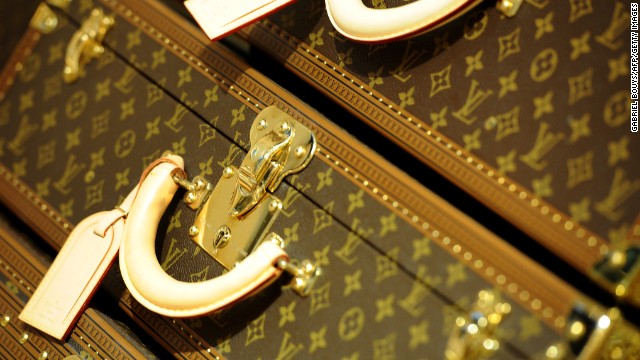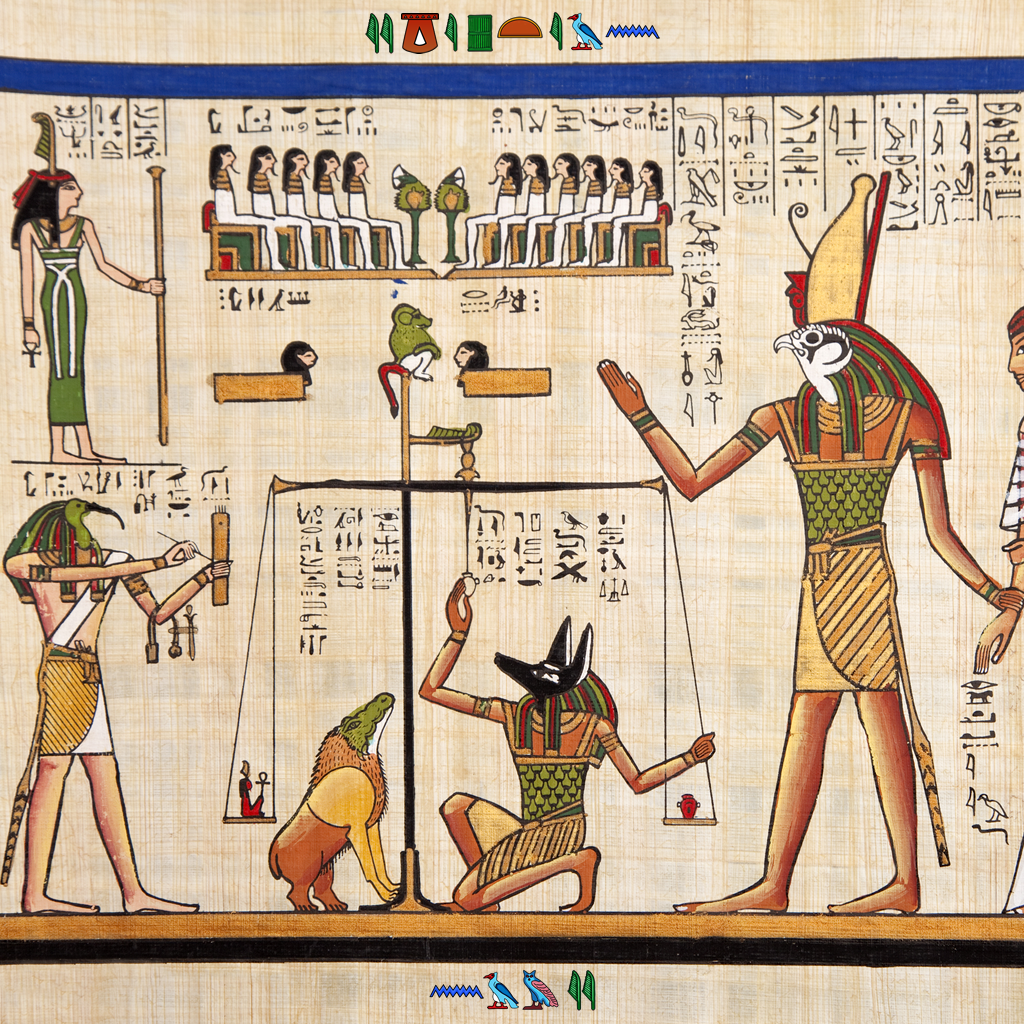Image Source: edition.cnn.com
He traveled the 292 mile
road on foot, sleeping wherever he could find shelter and taking odd
jobs to survive. It took him two years to reach the city, where he
promptly became an apprentice to a box maker, and ultimately opened his
own chest-making workshop.
His name was Louis Vuitton.
LVMH CEO Bernard Arnault tells CNN's Isa Soares what's the secret of Louis Vuitton's longevity.
A century and a half
later, the eponymous company he founded is among the most recognizable
luxury brands in the world and, according to Forbes, is worth nearly $30
billion.
It's part of the LVMH
consortium whose CEO (and France's richest man), Bernard Arnault, spoke
exclusively to CNN about the firm's heritage, and the spirit of
adventure which, he says, defined it from the start: "The history of
Louis Vuitton is linked to travel. We created luggage for explorers, and
during the 20th century our products gradually evolved to reflect the
lifestyle of the customer."
Louis Vuitton was one of
the first luxury retailers to open boutiques in China and Mongolia and
now the label is seeking new frontiers -- looking towards unexplored
markets in Indonesia and South America.
"When I went to China in
1991 for the opening of the first Louis Vuitton shop, you hardly saw any
cars on the streets of Beijing, only bicycles. In spite of that we
opened a luxury boutique, and now we have more than 20 across the
country" says Arnault.
The company is ever keen
to trumpet its craftsmanship ethos. Indeed, many items are still
hand-made in its French factories - with some workers being trained
between 18 months and two years. Mr Arnault credits this attention to
detail with Louis Vuitton's longevity on the luxury market.
The brand's well-known
LV monogram was introduced in 1896 in an effort to combat counterfeits,
but Arnault says that it doesn't take a logo to recognize the company's
signature handicraft: "What made Louis Vuitton famous was the quality.
We don't do marketing, we just create products which are exceptional in
their design and craftsmanship."
Flamboyant flair
In 1997 the company
hired Marc Jacobs as the creative director, initiating a long-standing
and successful partnership that come to an end in 2013. Jacobs designed
Louis Vuitton's first ready-to-wear clothing line which premiered at
Paris Fashion Week to both critical and commercial success, and the
brand has since become known for its theatrical and flamboyant fashion
shows.
Staging a runway
presentation remains crucial when it comes to capturing the imagination
of customers and the media, even if some of the more outlandish designs
don't make it from the catwalk to the stores: "Fashion week is a moment
in which designers can show their ideas to the world. On the catwalk you
see pieces which are innovative and trigger the desire of the customer.
From these ideas you can then create products which follow that
direction, but in a more accessible way."
Spirit of entrepreneurship
Louis Vuitton's parent
company LVMH also owns French luxury giants Christian Dior, Givenchy and
Dom Perignon, and Arnault travels the world at the helm of the
consortium much like an ambassador of Gallic style.
However, he also looks
beyond the world of traditional, large companies, and is eager to apply
the entrepreneurial spirit of Silicon Valley to fashion establishments
in Paris and London.
"Today everybody,
including myself, is interested in internet start-ups. But you also have
start-ups in the designer world, and it's fascinating to see how we can
transform a small company into something very successful on a global
scale" he says.
And when it comes to his
goals for the future? "We want Louis Vuitton to still be the number one
brand in ten years. In our business, the most important word is desire,
so we want to continue creating desire."
Tolblanc is a brand of high quality leather goods and accessories for customers who value substance, integrity, and style. For more stories on icons in the fashion industry, follow this Twitter account.








